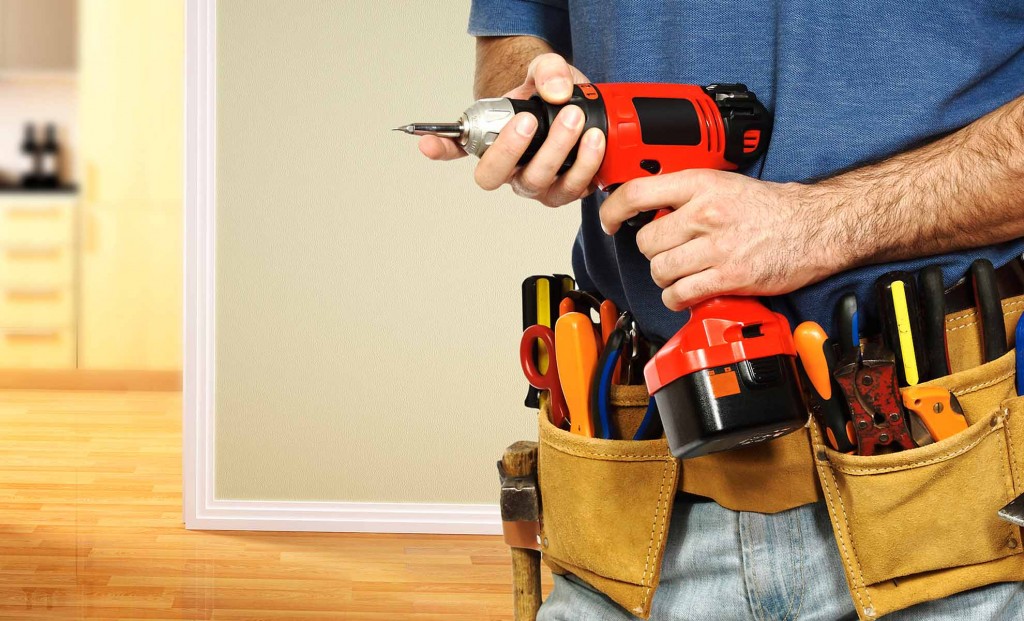12 Steps to Get Your Property “Rent-Ready”

By Tony Sena | Zillow
As a property manager or landlord, there are 12 steps you should take in getting a rental property ready to show to new prospective renters. “Rent ready” means the property has been cleaned, repaired, or remodeled and that it’s in rent-able condition for new tenants. Here is a 12-point checklist to make sure your home is rent-ready:
1. Re-key the locks. Change the garage door and alarm codes. Re-key all outside doors. And remember other locks too: mailboxes, side gates, outdoor sheds. Re-keying and recoding locks makes old keys unusable – which is important since you never know who may have a set of your old keys or codes. You won’t need to change them, but make sure you have all HOA-issued gate remotes and codes, plus keys (and codes) to any community pools and fitness centers.
2. Professionally clean the carpets. Professional “full-steam and shampoo” carpet cleaning works best – you don’t want any residue left because it can attract dirt.
3. Spruce up the yard. Cut the grass, trim the bushes, prune the trees, pull the weeds, fix broken sprinkler heads, replace dead or dying shrubbery, and add some new flowering plants (if it’s the season) to flower beds. Remember to remove flower pots, yard furniture and garden decorations; and don’t forget to spray any dirt from the cracks in the sidewalks and patio.
4. Change the air filters. In addition to changing the air filters, cleaning the vents and surrounding ceiling area, it’s not a bad idea to replace any reusable air filters with disposable ones. Disposable air filters don’t require monthly cleaning (like reusable ones) and make for one less maintenance item your tenant needs to remember.
5. Get a professional top-to-bottom interior cleaning. Renters expect their rental property to be clean for move-in, so have the property professionally cleaned. Professional cleaners can get every area of your property clean – from scrubbing the baseboards to cleaning out the refrigerator, no room will be left behind.
6. Let in the light. Replace any broken light bulbs; consider putting in energy-efficient bulbs, which reduce energy costs and don’t need to be replaced as often. (And don’t forget the bulbs outside!) For outside lights that don’t need to be replaced, give them a thorough wipe-down: dirt and debris tend to make these lights dimmer; and when it comes to outside security, brighter is better.
7. Inspect ceiling fans. Make sure that all fans (indoor and outdoor) operate properly and are dust-free. This is especially important if the property is older and hasn’t been inspected in a while.
8. Clean away all webs (cob and spider). Clean all indoor webs that may hang in corners and walls. On the outside, clean all webs that may be near doors, overhangs and lights.
9. Inspect and clean windows and sliding glass doors. Windows and (especially) sliding glass doors can easily build up dirt. A good cleaning will not only let in more light, but may help them work better. When dirt builds up, say, on a sliding door’s slot, it may prevent the door from operating properly. The door can jam and become a costly repair for you.
10. Clean, repair or replace screens. Torn screens can allow pests into your rental property (besides being a security and visual problem). So repairing or replacing screens may save you money (less visits from your pest-control company) and give you peace of mind.
11. Spray for pests. It’s better to have the property sprayed on a regular schedule than to wait until there’s a pest problem. You’ll definitely want to hire a professional pest control company to give your property a full treatment for all of the common bugs in your area.
12. Paint, repair and fix. Fix any holes in the walls before applying a fresh new coat of paint. Repair or replace any carpet that shows signs of damage (or doesn’t come clean after a professional carpet cleaning). Fix or replace any damaged tiles.